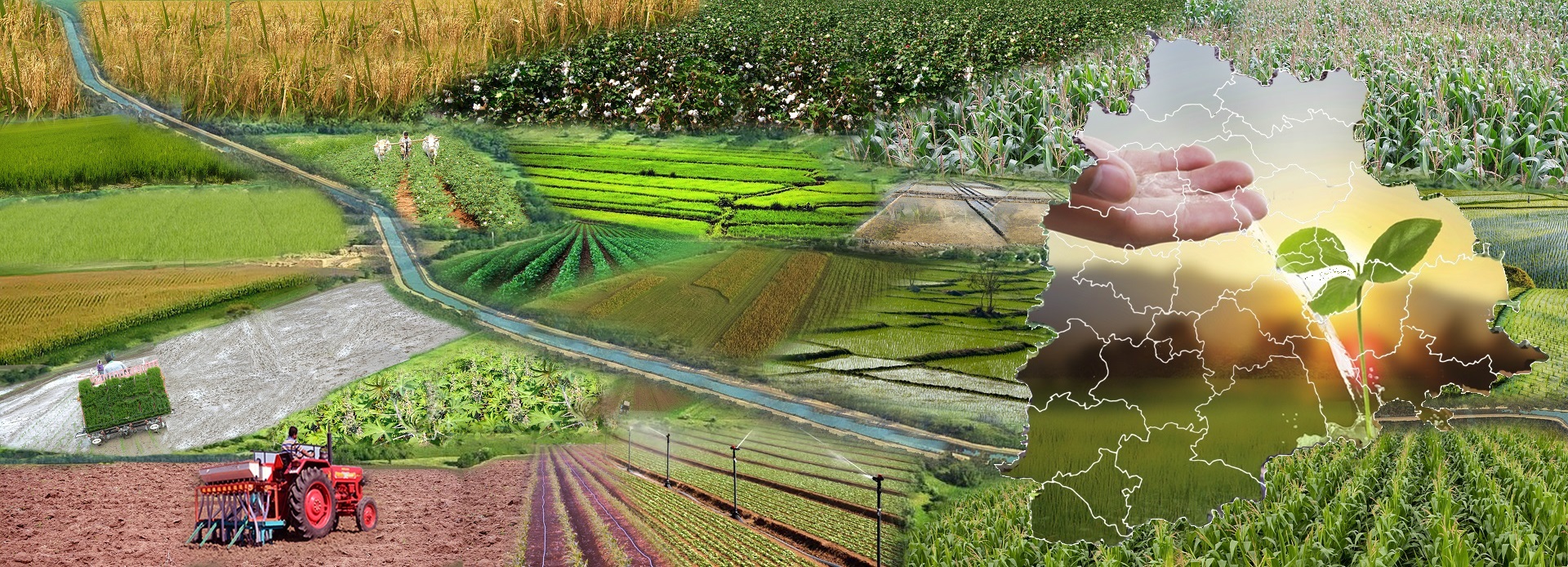



Received: 03-Dec-2021 Published: 24-Dec-2021
Chickpea (Cicer arietinum L.) is quite possibly the main vegetables on the planet, yet its present and future yield are compromised by expanding dry spell and hotness stress. Receive a pay increase to address this difficulty, an incorporated harvest improvement technique is required that incorporates reproducing, hereditary qualities, physiology and agronomy. Here, we audit the known physiological attributes that present dry season and hotness transformation in chickpeas and recognize dry spell and hotness variation research regions that ought to be focused on later on . Moreover, we layout ways to deal with proficiently accomplish phenotypic variations of chickpeas and feature the huge difficulties and significance of getting the connection among shade and development. root advancement. At last, we offer the chance of applying multi-trademark genomic forecast ways to deal with utilize key physiological characteristics, which can be tried utilizing traditional phenotypic stages. high return, to speed up heredity in conditions inclined to dry spell and hotness. Chickpea assumes a significant part in human and creature sustenance and farming frameworks by further developing soil ripeness and limiting illness episodes. Chickpeas are primarily filled in feed creation frameworks that regularly depend on lingering soil dampness from the past season. Subsequently, creation is regularly impacted by dry spell and hotness, particularly when abiotic stress corresponds with the regenerative stage. Yield misfortunes because of dry season are variable and ward on the span and level of water pressure. For instance, yield misfortune can be from 58-95% relying upon the seriousness. Heat pressure additionally essentially affects yield as it influences organic product development and seed amount. For each 1°C expansion in occasional temperature, yield diminishes from 53 to 301 kg - 1 hectare - 1 in chickpeas. Under environmental change, yield misfortunes because of hotness and dry season are relied upon to increment. Chickpeas are especially defenseless against environmental change because of the restricted hereditary variety of first class grows.
Administration practices may not ensure most extreme execution because of occasional varieties, particularly in regions without dependable water system frameworks. Hence, there should be a microorganism that is very much adjusted to the objective climate. Exploration and rearing endeavors have been made to further develop yields in a few areas throughout recent years. Notwithstanding, current yield patterns recommend that yields are expanding because of development of all out developed region, rather than halfway hereditary improvement (Foyer et al. 2016). Page 3/25 Continued interest in crop examination and improvement programs is fundamental for growing more useful cultivars fit to the objective conditions in which they are developed. In any harvest improvement program, understanding the objective climate is fundamental to guarantee that hereditary headway prompts expanded yields in the producer’s field. This incorporates limitations that breaking point crop yields like the force and recurrence of water deficiencies. To this end, ecological methodologies can be taken and data used to decisively send the right blend of elements in the right climate. This interaction starts for green beans in India. A few examinations have featured the key physiological elements fundamental variation to hotness and dry spell. The distribution of available hereditary assets, including the reference genomes of Cicer arietinum and Cicer reticulatum, is a significant stage towards the improvement of chickpeas. These assets and devices, joined with new rearing advances, for example, high-throughput phenotyping and genomic determination, give new chances to quickly working on hereditary assets by focusing on physiological characteristics that give yield benefits in dry season and hotness open minded conditions. This audit features late advancements in the physiological and atomic examination on dry spell and hotness transformation of chickpeas. It features approaches and advancements that can advance the improvement of high-yielding assortments adjusted to dry spell and hotness.